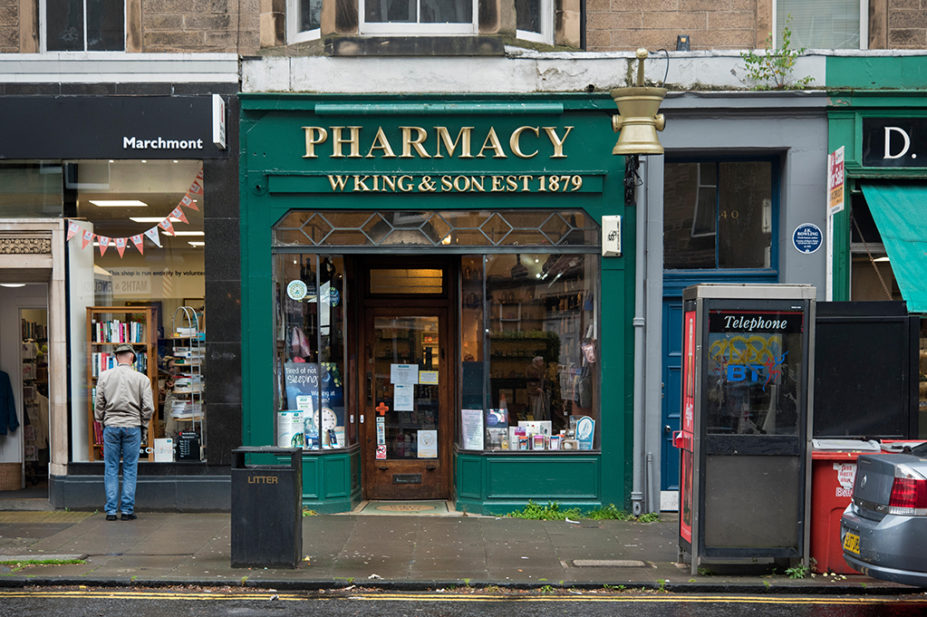
Alan Wilson / Alamy Stock Photo
The number of independent community pharmacies in Great Britain has increased over the past three years, an analysis of General Pharmaceutical Council data by The Pharmaceutical Journal has found.
Pharmacy ownership data show a net rise of 307 independent community pharmacies and 236 owners between January 2019 and March 2022. This contrasts with a net fall of 531 large (>100 pharmacies) and 44 small (6–99 pharmacies) multiple pharmacies over the same period.
Independents now have a 40.3% share of the pharmacy market, although the overall number of pharmacies in England, Scotland and Wales has decreased by 268 since 2019 to less than 14,000.
In February 2021, prime minister Boris Johnson said he did not want to see any pharmacies close, but England now has its lowest number of community pharmacies in six years, with deprived communities the most affected.
However, The Pharmaceutical Journal‘s new analysis shows that independently owned pharmacies are bucking this trend.
Gareth Jones, director of corporate affairs at the National Pharmacy Association, said these data showed “independent community pharmacies are flexible, locally engaged and entrepreneurial, which are important facets in difficult times”.
“For these reasons, independents tend to be resilient.”
However, he pointed out that the current financial pressures are not sustainable.
“Closures are inevitable unless underfunding is seriously addressed,” he added.
Andy Harwood, a partner at Pharmacy Seekers, which advises on sales, acquisitions and financing to the pharmacy sectors, said that 75% of the company’s transactions during the COVID-19 pandemic were with first-time buyers.
“That’s probably because the existing operators were swamped and in the eye of the storm. As we’ve moved into 2022, the demand from existing operators has increased, with 75% of transactions being with existing owner operators, but first-time buyers are still very active.”
Harwood added that the independent sector continues to thrive and that corporate pharmacy chains continue to dispose of a number of outlets, which are typically acquired by independents.
The Pharmaceutical Journal revealed in January 2022 that the 200 Boots pharmacies earmarked for closure in 2019 have “largely now closed”.
Read more: Community pharmacy in Britain: rise of the independents


